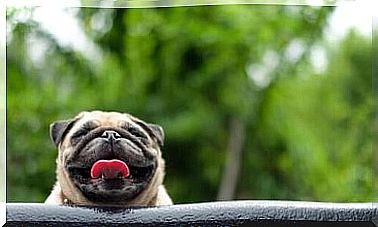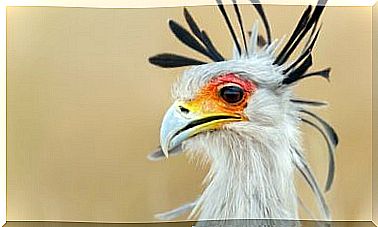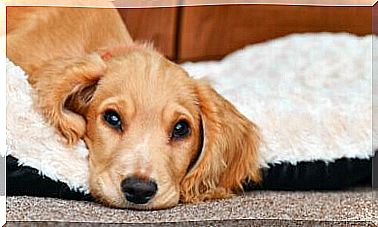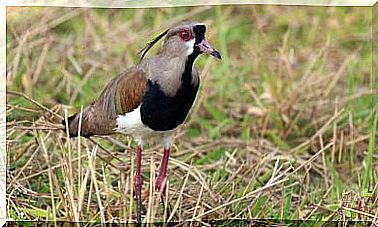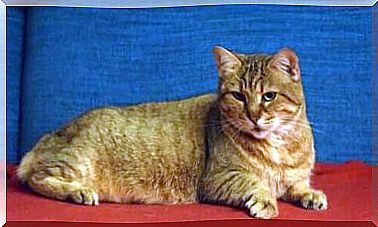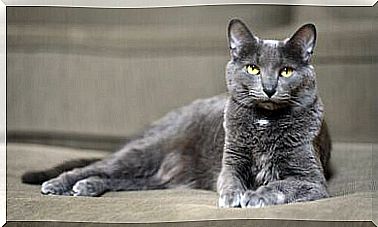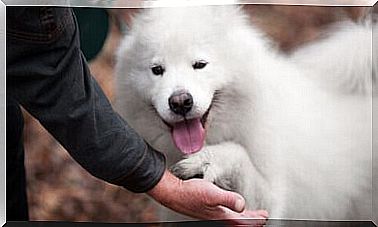Little Munsterlander, A Fabulous Hunting Dog
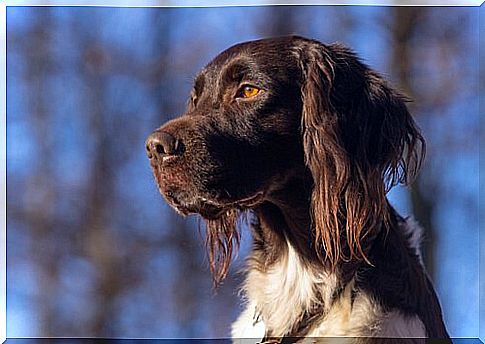
If you are looking for a hunting dog or simply a purebred dog, agile and full of energy, the Little Munsterlander is definitely the right choice.
This dog originates from the German region of Münster and has always been trained for pointing and retrieving hunting. Let’s find out in this article the Little Munsterlander.
The origins of the Little Munsterlander
This type of dog was developed in the German region of Münster, starting from the crossing of two Germanic breeds: the German longhaired Bracco and the German longhaired Spaniel . Its characteristics were not officially defined until 1921.
It is interesting to note that the small munsterländer has always come close to the name of the writer and poet Hermann Löns. This intellectual, in fact, with his brothers was trying to recover another breed, called Heidewachtel or even German lawn spaniel.
The first results of breeding began to be seen at the beginning of the 20th century, thanks to Count von Bevervörde-Lohburg and some of his relatives. In 1912 a real association was founded, formed by lovers of the new breed.
The aims of this association were to promote the purity and high-level breeding of the Little Munsterlander. This work became particularly important after World War II when, due to lack of food and use, this beautiful canid was in danger of becoming extinct.
Characteristics and morphology
The body of the Little Munsterlander is of harmonious and elegant proportions. Its upright and noble posture allows you to see the fluidity of its muscles and its tail, characteristics that give it the agility and speed for which it is so appreciated as a hunting dog.
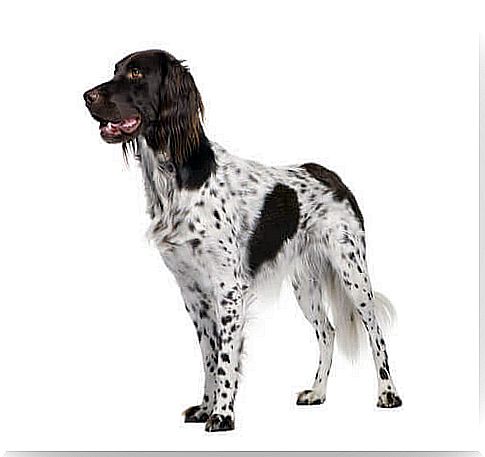
The FCI (International Dog Federation) classifies this breed in group 7 of dogs of the Continental Spaniel type. The height at the withers is 54 centimeters, in the case of males, while females stop at 52. These measurements can vary by about a couple of centimeters.
The coat of the Little Munsterlander should always be smooth or, at best, slightly wavy.
It will also be short but dense, as it needs effective protection to allow it to cope with its outdoor hunting activity. As for the colors, the standard admits:
- Brown, white and brown roan with brown spots.
- Mottled coat with a long, narrow white stripe that forms naturally on the body.
The fiery red markings are allowed on the muzzle, eyes and in the area near the cloaca . The latter are called Jungklaus brands.
Behavior and habits of the Little Munsterlander
We are facing an intelligent and eager to learn breed. The character of this beautiful animal is balanced and stable. In addition, he is usually attentive and friendly to people, which makes him a good candidate to become your family dog.

Regarding hunting behavior, this animal has a strong driving instinct and good adaptability, qualities that are ideal for teamwork.
Its sharpness and hunter awareness allow it to focus on its prey without being distracted by external stimuli.
Like any self-respecting hunting dog, Little Munsterlander specimens can run for hours. Therefore, it is vitally important to provide a good amount of daily exercise that allows him to discharge all this overflowing energy.
Be careful not to forget that this breed is a hunter by nature. His brain needs constant stimulation and every good owner will have to check that the instinct to chase prey and objects does not become too obsessive.
It is recommended to start training this dog at a young age, in order to shape its somewhat stubborn personality.
The health of the Little Munsterlander
This animal is robust and very healthy. In the United States, where this breed is particularly popular, a series of certificates and tests are needed to ensure that each dog meets all of the breed’s characteristics and standards.
There is an official Little Munsterlander breeding club that works to determine the purity of each individual specimen.
This association also has very strong relationships with the Orthopedic Foundation for Animals, due to the fact that this type of animal can have hip problems.
Thanks to these rigorous controls, the incidence of problems related to inbreeding or deriving from hereditary diseases is minimized.

